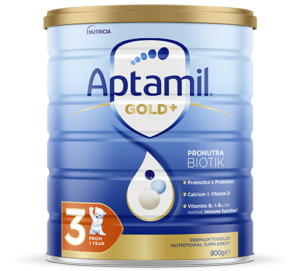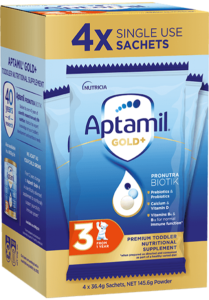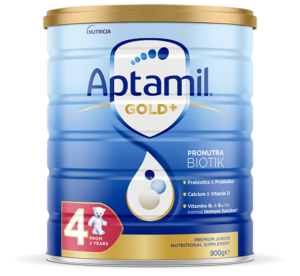11 useful tips for encouraging toddlers to be brave in their food choices

Expanding any toddler’s food horizons is a test of time, patience and perseverance. Fortunately, there are plenty of tricks and tactics to help develop their palate. This list will help you both get through the challenges, hopefully with plenty of empty plates along the way!
1. Finicky is a phase
Just about every toddler has a period where they become more choosey about what they’ll eat. It’s a normal part of their development. Knowing that can help you accept it and be more patient in getting through it. It isn’t always easy, but rest assured it will end.
2. Don’t fight finicky with fuss
If your child doesn’t want to eat something, it’s best not to make too much of a fuss over it. You don’t want your child to associate eating with emotional tension. If they’ve eaten an earlier meal well, it can be best to leave well enough alone.
3. Make meals a family affair
Apart from being a daily bonding occasion, eating as a family models healthy eating for your toddler, and can help any pickiness pass sooner. It’s important to resist the temptation to make your toddler another meal if they reject what you serve. It will simply encourage their resistance. Best practice is to serve everyone at least one food that your toddler loves, and persist with balanced meals whether your toddler eats them or not.
4. Banish the bribe
Bribing your child with one food to eat another might work, but chances are it will just make the bribe food more appealing, and the “goal” food more boring by comparison. Patient perseverance will work better for you both.
5. Kitchen helpers help themselves
Lots of kitchen tasks are perfect for toddlers, and a great way to get them involved and invested in the meals you make. A little stirring here, some sifting there or picking ingredients from the fridge or the herb garden can make food more fun and appealing. Yes, it can get messy and it can be time consuming. But that same mess and time is a chance to see your child differently, teach them skills, and help them develop resilience and openness.
6. Mix the old and the new
Introducing a new food is always a challenge. But it can be less so if you team it with something your child already likes. Sweet and salty foods tend to be winners in any case. So, if you’re introducing something bitter, like zucchini or broccoli, pairing it with something salty like cheese can help.
7. Raise the fun factor
They say presentation is everything. For toddlers it’s especially so. Arranging foods in fun and colourful shapes they can recognise makes them more fun to eat. Finger foods are fun too. Dips and foods in grabbable pieces are a great way to appeal to a toddler’s desire to be hands-on. Plus, there’s evidence that eating by hand makes them more open to trying new foods.
8. Keep on going on
It’s not unusual for a child to refuse a new food 10 times or more before they finally give it the OK. A little perseverance and patience will help them gradually get used to the idea of a new and “interesting” texture or flavour or both. Avoiding snacks, so that they’re hungry at mealtimes, can make them more accepting sooner.
9. Build food bridges
Once your toddler accepts a food, you should use what nutritionists call a “food bridge” to get them to another. Go for something with similar texture, colour and flavour to the food they’ve accepted. If they like mashed pumpkin, progress them onto mashed carrot or sweet potato. One loved food can quickly become 3, and more variety a part of meal times.
10. Passing on pickiness
You probably remember the foods you weren’t fond of when you were little. You may dislike them still. If your toddler is following suit, it might be that you’ve passed on your dislike. Thankfully, there are always plenty of alternative healthy food options you can work on eating and enjoying together.
11. Supplement the spill
Just about every toddler gets food everywhere but in their mouth. It’s all part of the fun. But it can mean they miss essential nutrients. If you’ve tried everything, and you’re still concerned there’s more on the floor than in their belly, a quality toddler milk like Aptamil Toddler is an excellent way to supplement any loss of nutrients. Aptamil Toddler contains 16 essential vitamins and minerals to support growth and development when consumed as part of a healthy varied diet.
Toddlers: little people with big nutritional needs
There are certain nutrients that toddlers need more of than adults. Lots more. Watch this video and get the facts. Plus, a helpful tip on ensuring your little one gets the vitamins and minerals they need.





